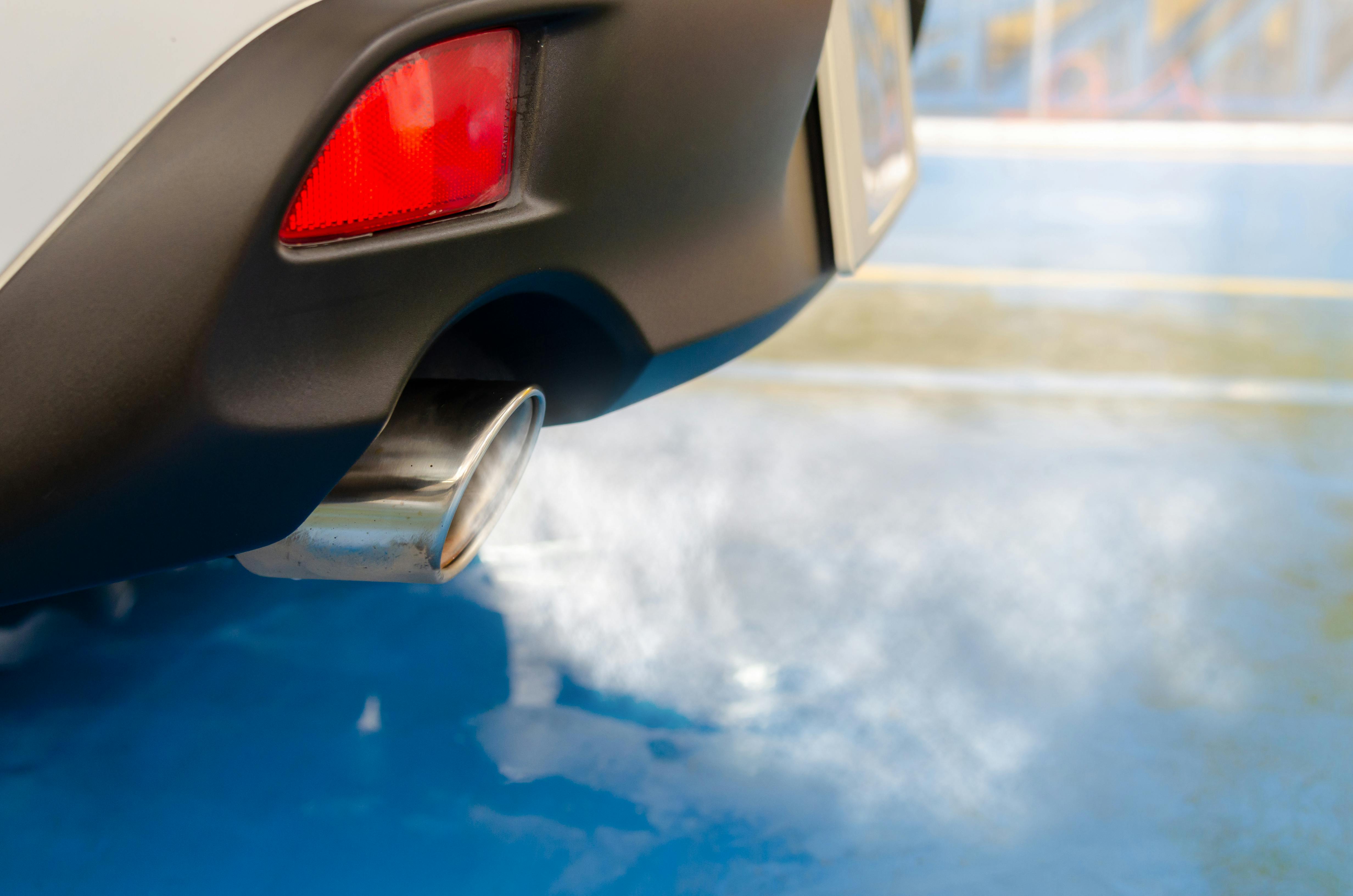The Secret Ingredient: Does Your Gas Affect Your Smog Check Results?
Author
Bahram Najafzadeh
Date Published

For many drivers, especially those with an older car, the days leading up to a smog check can be filled with anxiety. Is the engine running well? Is the catalytic converter still doing its job? While you can’t change your car’s age, you can control one key factor that can influence your smog check results: the quality of the gasoline you use.
The question of whether "better" gas makes a difference is a common one. The answer is not as simple as putting in a tank of premium. It’s about a class of gasoline called Top Tier, which can have a significant impact on your car’s emissions and your chances of passing.
The Problem: Impurities and Deposits
All gasoline sold in the United States must meet a minimum level of detergent additives required by the Environmental Protection Agency (EPA). However, these minimum standards are often not enough to prevent the buildup of harmful carbon deposits.
Over time, using gasoline without a robust additive package can lead to:
Clogged Fuel Injectors: This can cause an imbalanced air-fuel mixture, leading to incomplete combustion and a significant increase in pollutants like carbon monoxide (CO) and hydrocarbons (HC).
Carbon Buildup: Deposits on intake valves and in the combustion chamber can reduce engine efficiency and affect performance. This is especially a problem in older vehicles with multi-port fuel injection, which was common in the 1980s and 90s.
Damage to Sensors: Carbon buildup can also affect critical emissions components like oxygen sensors, leading to inaccurate readings and potential a smog check failure.
These issues directly contribute to a failed smog check, often by spiking the levels of harmful pollutants in your exhaust.
The Solution: The Power of Top Tier Gasoline
In 2004, a group of major automakers—including BMW, General Motors, Honda, and Toyota—created the Top Tier Detergent Gasoline standard. This voluntary program requires a much higher level of detergent additives than the EPA minimum.
According to research by AAA and other independent tests, Top Tier gasoline offers several key benefits:
Keeps Your Engine Cleaner: Studies show that Top Tier gasoline leaves up to 19 times fewer deposits on key engine components compared to gas that only meets the EPA minimum standard.
Has a Cleansing Effect: For older vehicles with existing carbon buildup, switching to Top Tier gasoline has been shown to have a cleansing effect, reducing intake valve deposits by 45% to 72% over a few thousand miles.
Reduces Emissions: By keeping the engine and fuel system clean, Top Tier gasoline promotes a cleaner, more efficient combustion. This directly translates to lower emissions and a better chance of passing your smog check.
Protects Your Emissions System: Top Tier gasoline also prohibits the use of metallic additives, which can be harmful to a vehicle’s catalytic converter and oxygen sensors over time.
While Top Tier gasoline is often only a few cents more per gallon, the long-term benefits in terms of engine health and avoiding costly repairs far outweigh the small price difference.
The Octane Myth vs. The Detergent Reality
Many drivers mistakenly believe that higher octane gas will clean their engine and help them pass a smog test. However, this is a common myth.
Octane Rating: The octane rating measures a fuel's ability to resist "knocking" or premature combustion. Using a higher octane than what your car’s manufacturer recommends will not clean your engine. It can even be detrimental to fuel economy in some cases.
Detergent Additives: The cleaning power of gasoline comes from its detergent additives, not its octane rating. Top Tier certification applies to all grades of gasoline (regular, mid-grade, and premium) from a participating brand.
For your smog check, it is far more important to use a fuel with a good detergent package than it is to use a higher octane rating than your car requires.
Preparing Your Older Car for a Smog Check
In addition to using Top Tier gasoline, here are a few other proactive steps that can help your older car pass its smog test:
Warm Up the Engine: A smog check requires the catalytic converter to be hot to work effectively. Drive your car for at least 20 minutes on the highway before the test.
Check the Basics: A dirty air filter or old, contaminated oil can affect your car’s emissions. Make sure your vehicle is up to date on its regular maintenance.
Look for Leaks: Check for any vacuum or exhaust leaks, which can affect your engine's performance and cause a smog test failure. A loose or damaged gas cap can also be a cause.
Address the "Check Engine" Light: An illuminated Check Engine Light is an automatic failure. Get a diagnostic scan to find the issue and have it repaired before your test.
Conclusion: A Simple Change for a Cleaner Car
The quality of the gasoline you use can have a direct and measurable effect on your car’s emissions. While it won't fix a major mechanical issue, consistently using Top Tier gasoline is a simple, proactive measure that can keep your engine clean, reduce your emissions, and increase your chances of passing a smog check—especially in an older car. It's a small investment at the pump that can lead to big savings and a cleaner environment.

Navigating your next smog check doesn't have to be a headache. Our guide gives you a simple DIY checklist to help your car pass the test with ease.

Learn what to do if your car fails a smog check. This guide covers how to understand your report, make repairs, and retest to get back on the road.